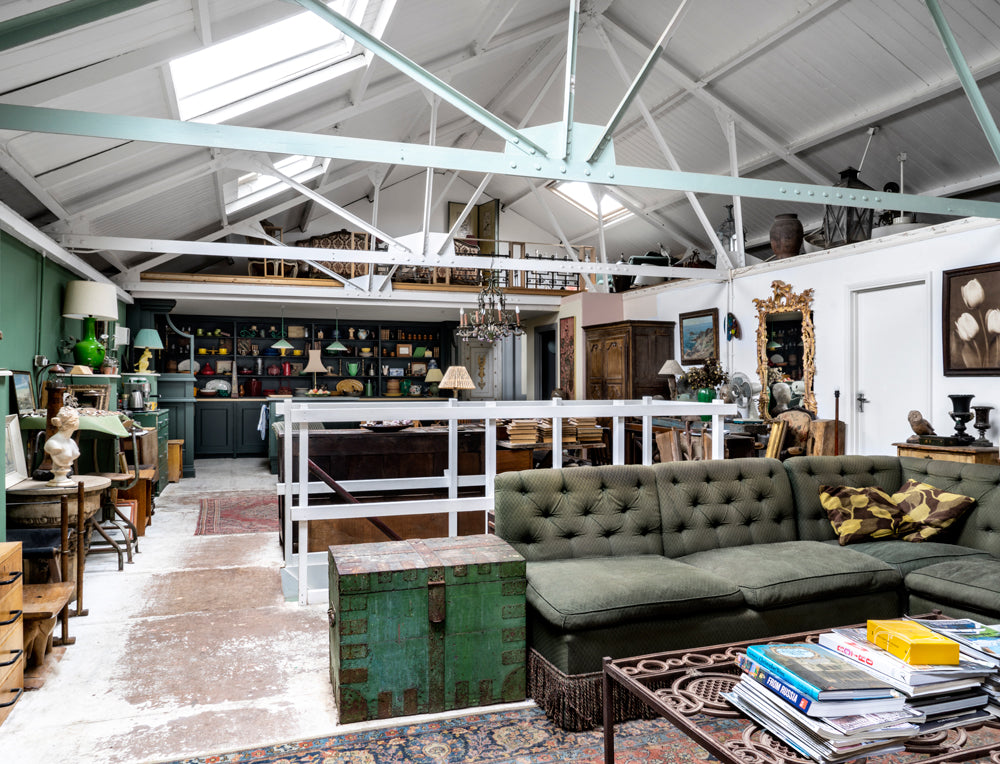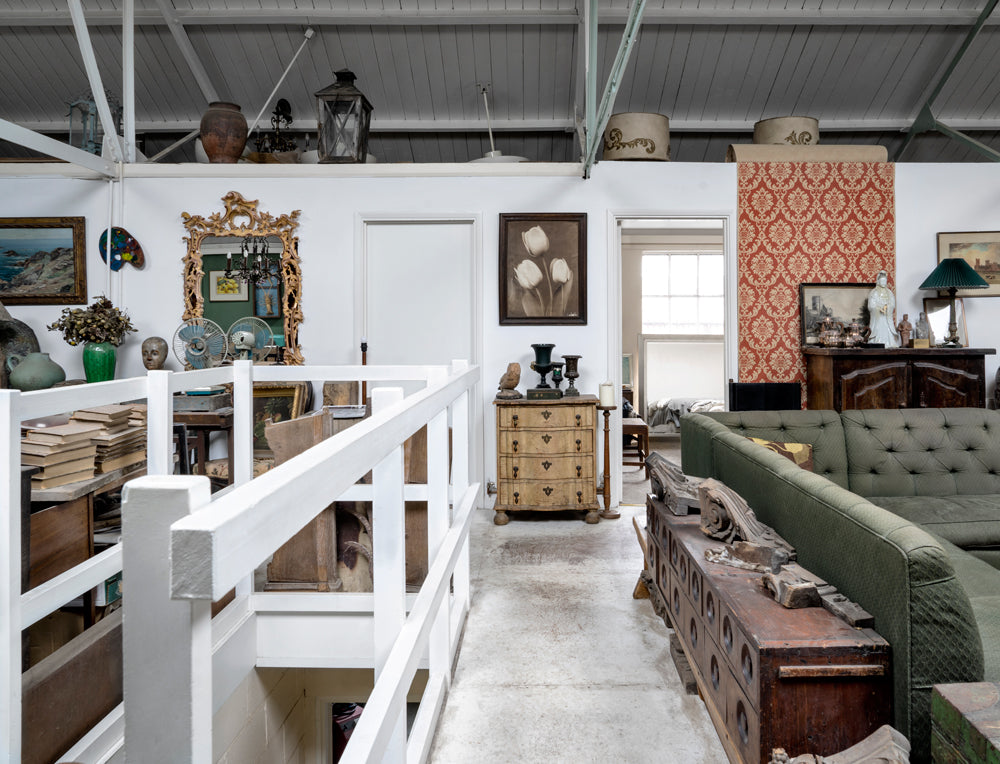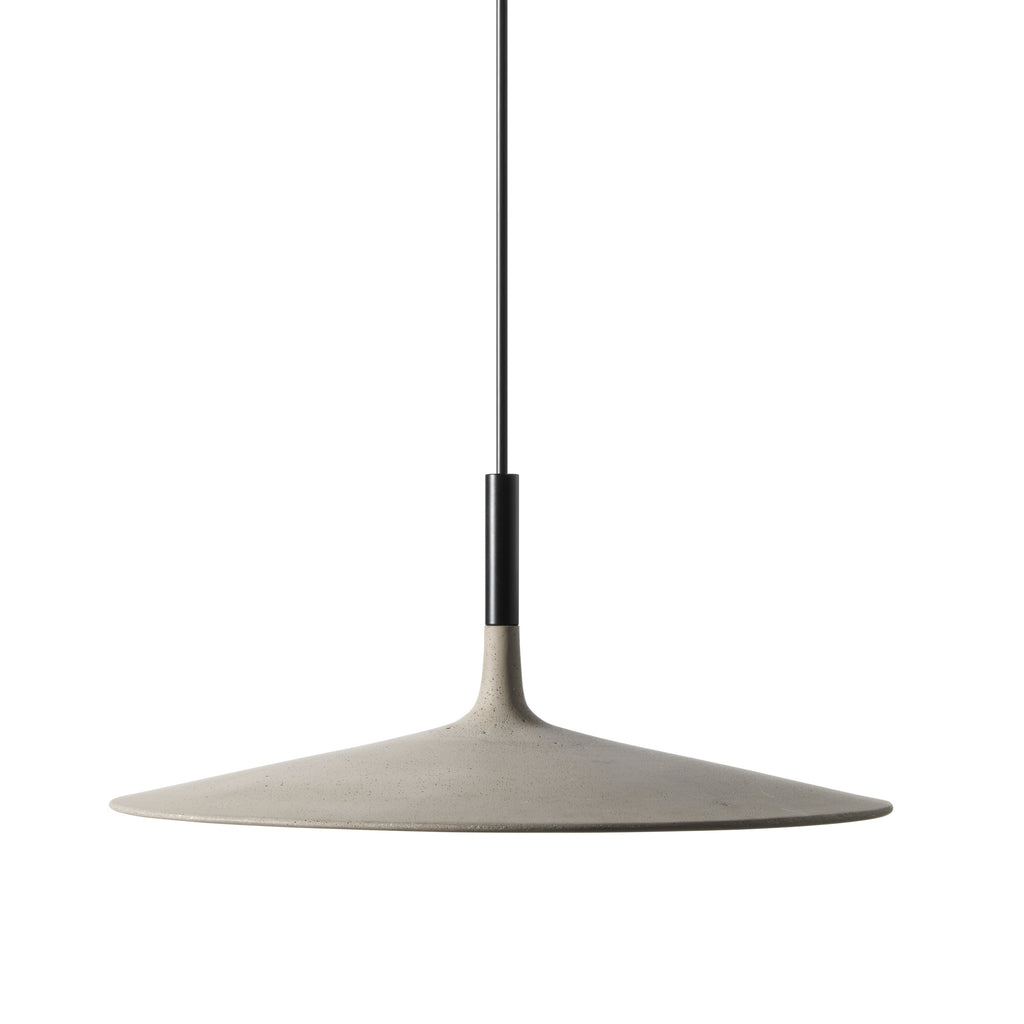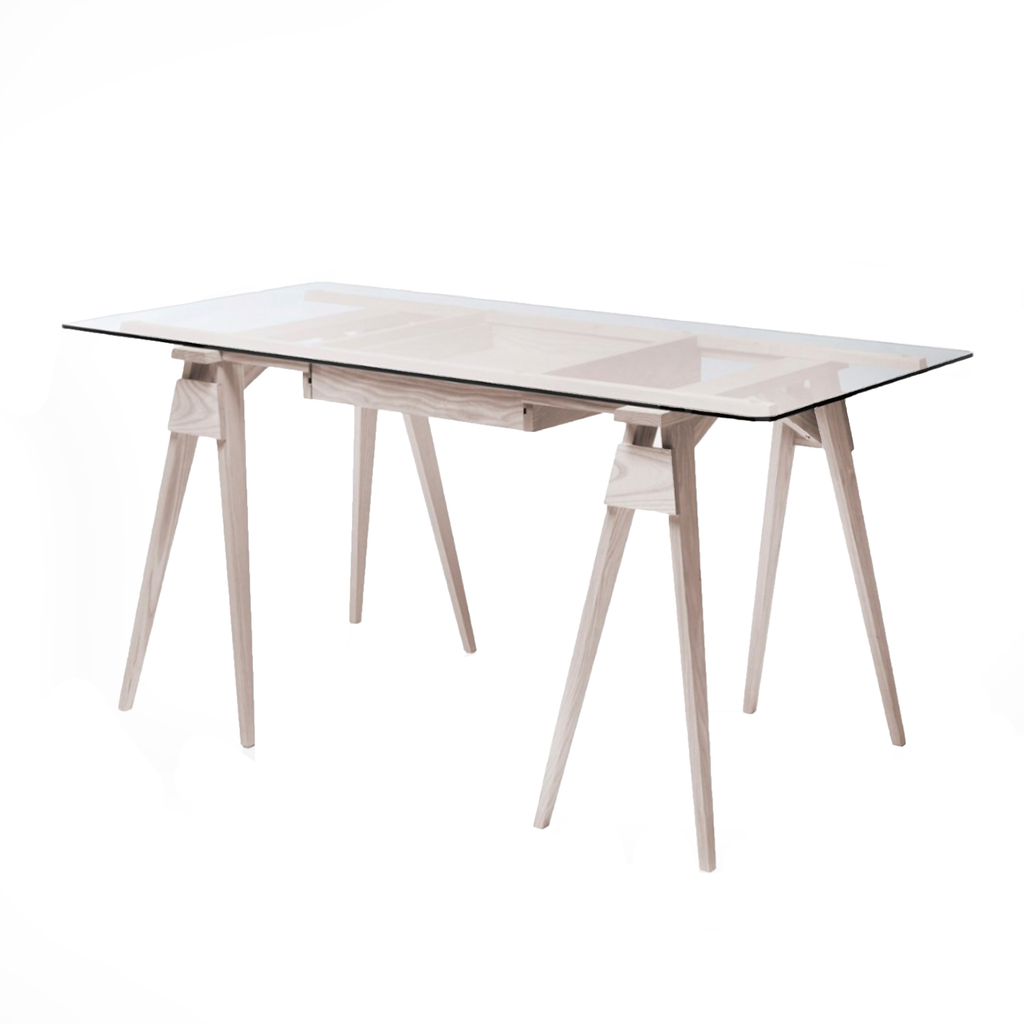
Deep in the Amazon rainforest are the remains of a 1920s Utopian city. Abandoned in the 1940s, it was subsumed by nature, but a design studio has imagined another outcome.

Fordlandia was built by American industrialist Henry Ford. In 1927, the founder of Ford Motors and the richest man in the world purchased 5,000 square miles of land at the very heart of the Brazilian Amazon. His vision: to create a rubber plantation and a unique version of small-town America, in the jungle.
The remote city of Fordlandia featured neat little dwellings along perfectly straight roads, with a school, a hospital and a railway. Inhabitants followed a puritan lifestyle and workers had a strict regime. But crops failed and revolts followed. By 1945, Fordlandia was deserted. Despite spending 18 years and a considerable sum of money, Ford's Utopia had failed and he'd never even set foot there.
An expedition out to Henry Ford's forgotten jungle Utopia inspired designers Azusa Murakami and Alexander Groves to conceive this black furniture collection for the dwelling of a fictional worker. The London duo, also known as Studio Swine, paid homage to Fordlandia with furniture handcrafted from rubber, Brazilian walnut and the skins of 'pirarucu' (an Amazonian fish).
The designs employ shapes from nature such as trees, roots and snakes, as well as industrial motifs like exhausts, exploring a connection between nature and industry while challenging Ford's attempt to tame nature for profit. To view beside the limited edition artworks, Studio Swine and the filmmaker Juriaan Booij created a documentary on Fordlandia.
Studio Swine furniture photography by Petr Krejčí | Studio Swine film stills by Juriaan Booij









